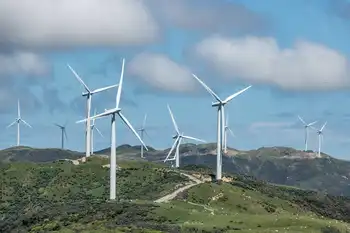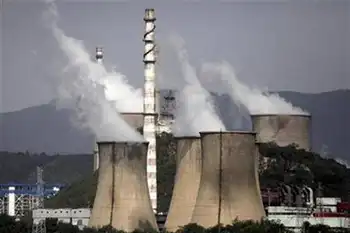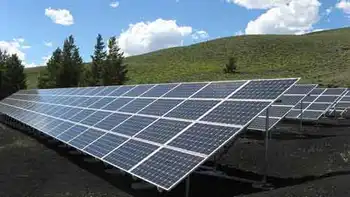Development of advanced carbon capture proceeds
Based on pressurized oxy-fuel combustion technology, TIPS converts coal, natural gas, oil, and biomass into energy with near-zero air emissions. In addition, it captures carbon dioxide (“CO2”) in a clean pressurized form ready for sequestration or beneficial reuse such as secondary and tertiary oil recovery.
“As an industry and market leader in environmental air pollution controls, combustion technology, steam generation and thermal processes for the power generation industry, Babcock Power is ideally positioned to commercialize this revolutionary process,” stated James F. Wood, President and CEO of Babcock Power Inc.
“Our long history and extensive expertise in designing and furnishing steam generators, combustion systems, and a wide variety of heat exchangers, including the application of in-house heat transfer and Computational Fluid Dynamics (CFD) modeling capabilities, and ThermoEnergy’s commitment to the advancement of new technology, positions us together to play a significant role in the reduction of global greenhouse gases.”
“The commitment from a company of the size and capabilities as Babcock Power marks a pivotal point in the development and commercialization of this important and timely new technology,” said Dennis Cossey, Chairman and CEO of ThermoEnergy. “Achieving zero air emissions from fossil fuel power plants has long represented the ultimate goal within the energy industry and with Babcock Power joining the effort I am confident we are on the verge of realizing this goal,” said Cossey.
“The simplicity and efficiency of the TIPS approach offers a reliable and cost effective design for carbon-capture, near-zero emission power plants,” said Alex Fassbender, President of ThermoEnergy Power Systems, LLC. “With relatively few unit operations, TIPS enhances power plant reliability, while its process efficiency comes from recovering the latent heat of vaporization of produced and entrained water. Adding a second reheat to the steam cycle efficiency, coupled with a simple, low-energy process to recover pipeline quality CO2 gives TIPS a competitive edge over other conversion technologies,” said Fassbender.
Babcock and ThermoEnergy engineers will begin work immediately to finalize the data needed to design, construct and operate a large-scale pilot plant at a host site.
Related News

PG&E's bankruptcy plan wins support from wildfire victims
BERKELEY - Pacific Gas & Electric's plan for getting out of bankruptcy has won overwhelming support from the victims of deadly Northern California wildfires ignited by the utility's fraying electrical grid, despite concerns that they will be shortchanged by a $13.5 billion fund that's supposed to cover their losses.
The company announced the preliminary results of the vote on Monday without providing a specific tally. Those numbers are supposed to be filed with U.S. Bankruptcy Judge Dennis Montali by Friday.
The backing of the wildfire victims keeps PG&E on track to meet a June 30 deadline to emerge from bankruptcy in time…





